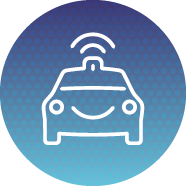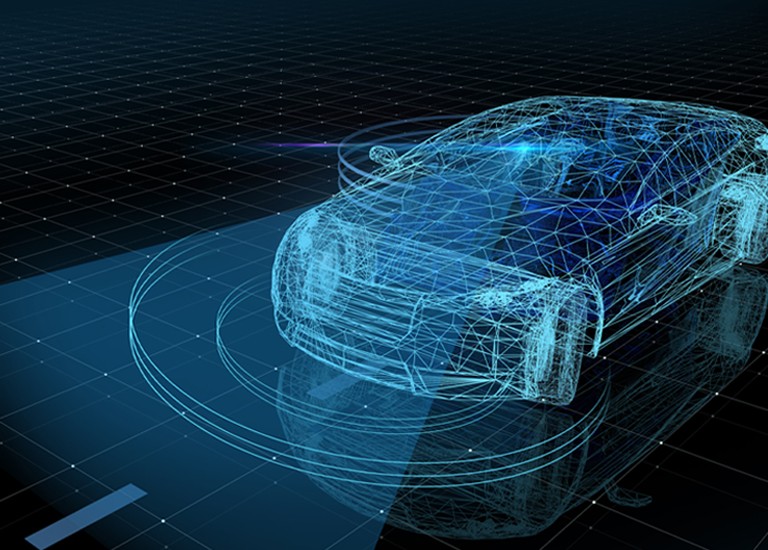An autonomous vehicle requires little or no human input to navigate.
 It can be fully autonomous or provide partial assistance, such as lane guidance, pre-collision braking, self-parking, or automated highway control. Autonomous vehicles are also commonly referred to as self-driving, driverless, or robotic cars.
It can be fully autonomous or provide partial assistance, such as lane guidance, pre-collision braking, self-parking, or automated highway control. Autonomous vehicles are also commonly referred to as self-driving, driverless, or robotic cars.
Engineering autonomous vehicles utilizes diverse hardware and software expertise. HBSR’s attorneys, patent agents, and technical specialists offer a variety of backgrounds related to this technology, such as computer science, physics, artificial intelligence, as well as computer, electrical, and systems engineering. In addition to their background in autonomous vehicles, the members of our patent team also have significant experience with robotics, machine learning, image processing, and global positioning systems (GPS). In particular, the relevant technical specialties of our legal staff include:
- Fault detection
- Global Positioning Systems (GPS)
- Human-to-machine interfaces
- Image processing
- Inertial Measurement Units (IMU)
- Lidar sensors
- Localization processes
- Machine-to-machine interfaces
- Mobile technology
- Navigation processes
- Radar sensors and radar arrays
- Telecommunications
- Testing platforms
- Vision systems (e.g., stereo vision and monovision systems)
We have filed patent applications directed to adding an autonomous architecture to any existing vehicle, integrating data from multiple types of sensor systems, and geopositioning. Other patent applications are directed to testing platforms, methods for object detection using mobile phone data, and methods for fault-tolerant detection.








